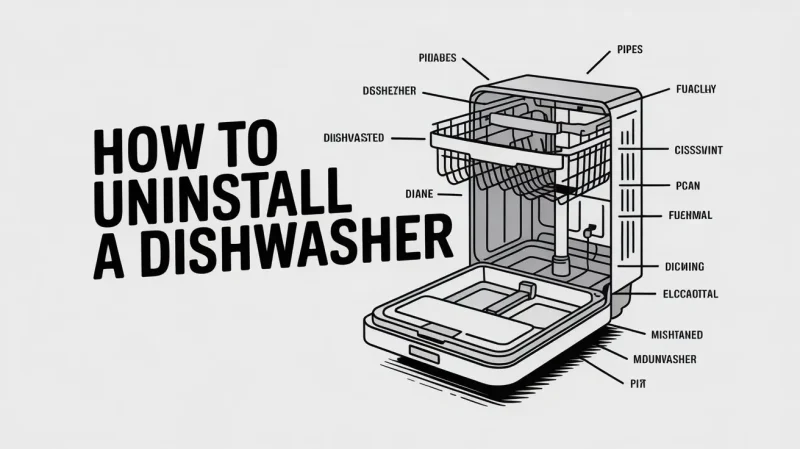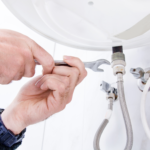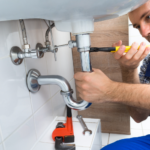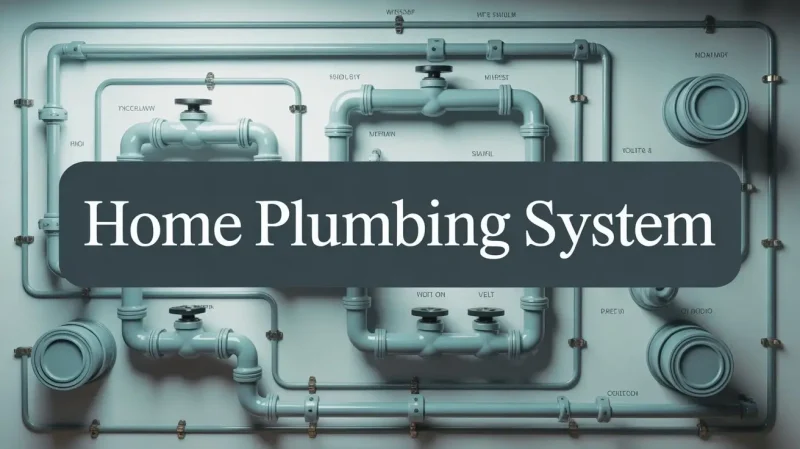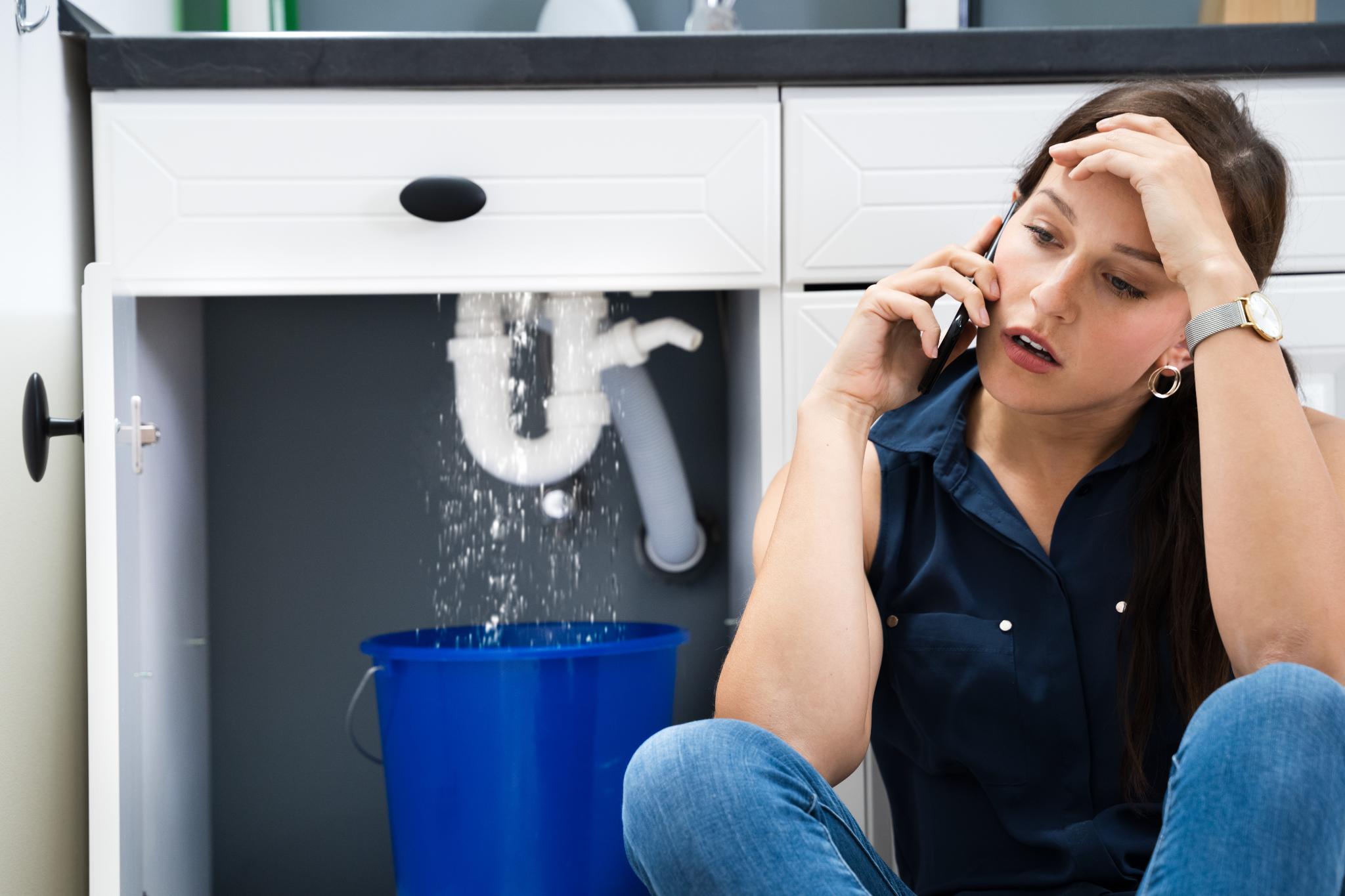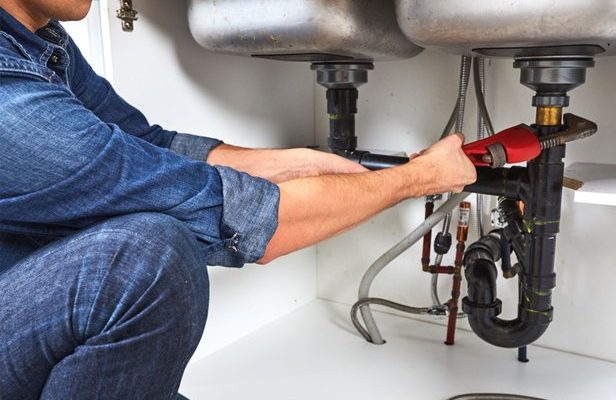Dishwashers are an essential part of modern kitchens. However, there comes a time when you may need to replace or remove one—whether for a kitchen remodel, upgrading to a new appliance, or repairing plumbing connections. Learning how to uninstall a dishwasher without plumbing issues ensures a smooth process and prevents costly mistakes. With the right tools, preparation, and careful steps, anyone can safely handle this task at home.
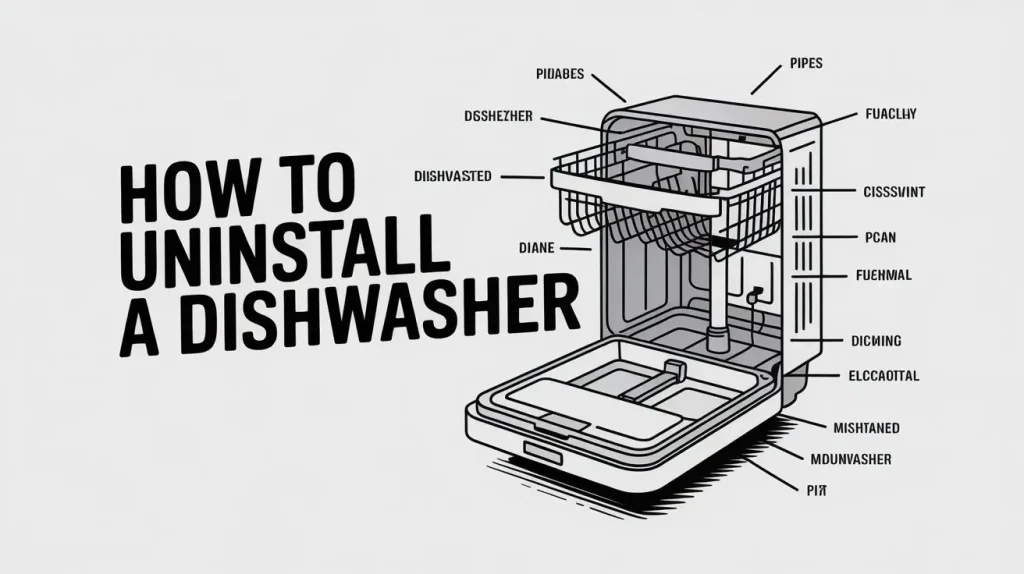
Content
Preparing for Dishwasher Removal
Uninstalling a dishwasher is not overly complex, but preparation is key. Safety and planning help avoid leaks, electrical hazards, and unnecessary damage.
Tools You’ll Need
- Adjustable wrench
- Screwdriver (Phillips and flathead)
- Bucket or towels
- Pliers
- Tape or labels (for marking wires and hoses)
Safety First
Before touching the dishwasher, always disconnect it from power and water supply. This prevents shocks, leaks, or flooding.
Disconnecting the Power Source
Most dishwashers are either hardwired or plugged into an outlet under the sink. If yours is hardwired, switch off the kitchen breaker. If it’s a standard plug, simply unplug it. When learning how to uninstall a dishwasher, always use a voltage tester to confirm that no electricity is flowing to the appliance for extra safety.
Turning Off the Water Supply

Locate the water shut-off valve, usually found under the sink. Turn it clockwise to stop water flow. Disconnect the water line using a wrench and place a towel or bucket underneath to catch any remaining water. This small step helps prevent plumbing issues later.
Disconnecting the Drain Hose
The drain hose usually connects the dishwasher to the sink drain or garbage disposal. Use pliers to loosen the clamp and carefully detach the hose. Keep a towel nearby to catch any water that may leak. For easier reinstallation, especially when upgrading to modern plumbing fixtures, label the hose before removing the unit.
Removing the Mounting Brackets
Dishwashers are secured to the underside of the countertop with brackets. Open the dishwasher door and locate the screws holding the brackets. Using a screwdriver, remove them carefully. This will free the dishwasher from the counter support.
Sliding the Dishwasher Out

Once disconnected, slowly slide the dishwasher out of its cabinet space. Be gentle to avoid damaging surrounding cabinets or flooring. If the dishwasher feels stuck, check for any remaining screws or connections that may still be attached.
Common Mistakes to Avoid
- Forgetting to shut off water – This can cause leaks or flooding.
- Skipping breaker switch off – Creates electrical hazards.
- Forcing the appliance out – May damage cabinets or flooring.
- Not labeling wires and hoses – Makes reinstallation harder.
Eco-Friendly Disposal or Recycling
After uninstalling, don’t simply throw your dishwasher away. Many cities offer recycling programs for appliances. You can also check with local scrap metal facilities or donation centers if the dishwasher still works.
When to Call a Professional
While DIY removal is possible, consider hiring a professional if:
- The dishwasher is hardwired with complex electrical connections.
- You suspect damaged plumbing lines.
- The unit is built into custom cabinetry.
A licensed plumber or electrician can ensure safe removal and prevent costly repairs.
Conclusion:
Learning how to uninstall a dishwasher is an essential home skill that prevents costly mistakes. When you understand how to uninstall a dishwasher with the right tools and preparation, the process becomes simple and stress-free. By following a clear, step-by-step method on how to uninstall a dishwasher, you can safely remove the unit without damaging plumbing or cabinets. Whether replacing an appliance or renovating, knowing how to uninstall a dishwasher saves you both time and money.
FAQs About How to Uninstall a Dishwasher
Can you uninstall the dishwasher yourself?
Yes, you can uninstall a dishwasher yourself with basic tools by shutting off power, water, and carefully disconnecting lines.
Do you need a plumber to uninstall a dishwasher?
Not always. If you’re comfortable with plumbing and electrical tasks, you can uninstall it yourself. Hire a plumber if unsure or hardwired.
What to do before disconnecting the dishwasher?
Turn off power, shut water supply, run a drain cycle, and place towels or a pan to catch leaks before disconnecting hoses.
How do I get rid of my dishwasher?
Recycle at a center, schedule bulky pickup, use retailer haul-away, or donate/sell if it still works.

Viola Moore is a dedicated home improvement blog author who has a passion for writing. She enjoys blogging about all sorts of topics, from interior design to landscaping and more! She loves the outdoors and spending time in nature with her family. She also likes to bake in her free time.

